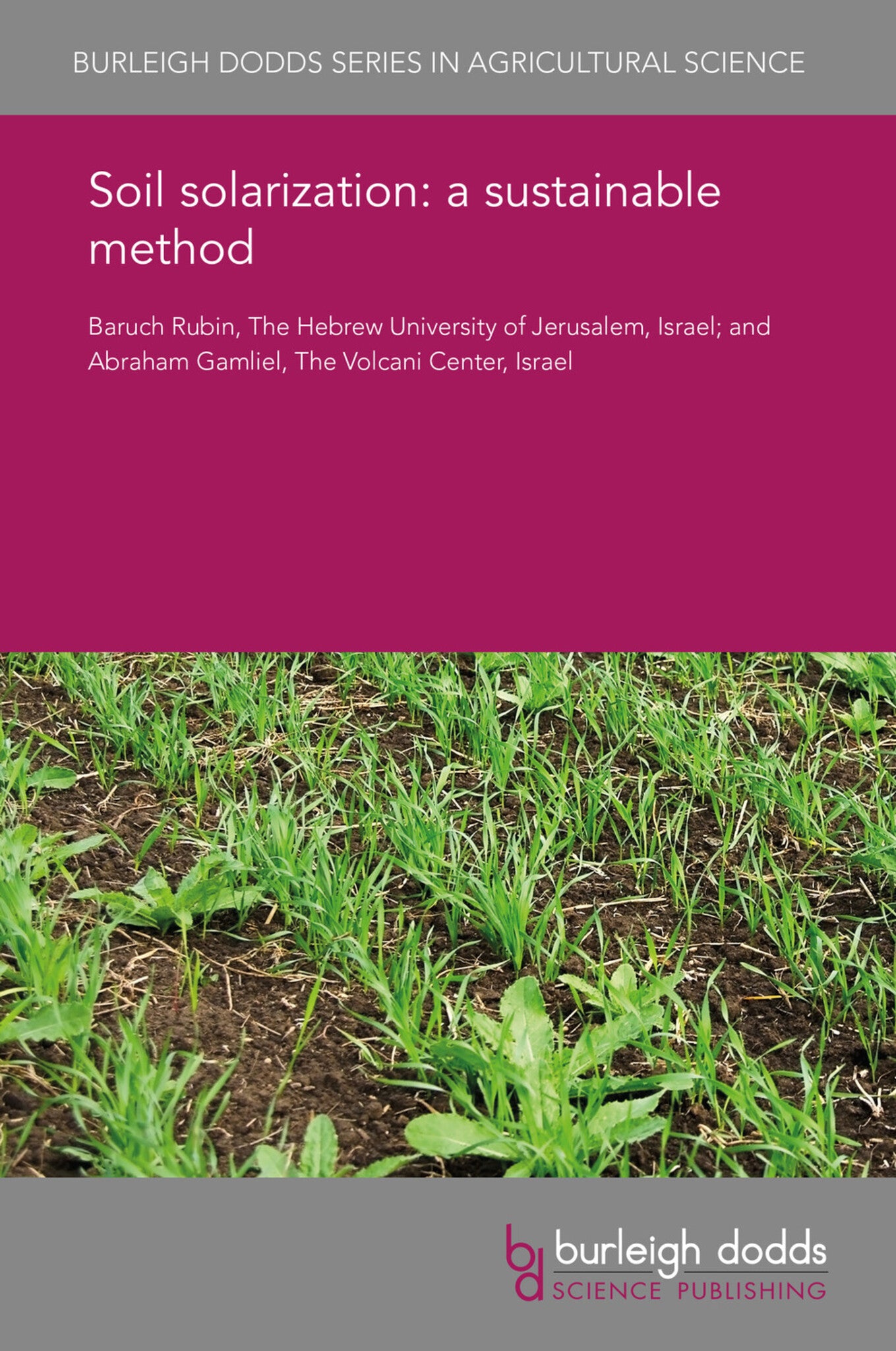We're sorry. An error has occurred
Please cancel or retry.
Soil solarization: a sustainable method

Some error occured while loading the Quick View. Please close the Quick View and try reloading the page.
Couldn't load pickup availability
- Format:
-
26 December 2017


TECHNOLOGY & ENGINEERING / Agriculture / Sustainable Agriculture, Pest control / plant diseases, TECHNOLOGY & ENGINEERING / Agriculture / Agronomy / Crop Science, TECHNOLOGY & ENGINEERING / Pest Control, Sustainable agriculture, Agronomy and crop production

1 Introduction 2 Solarization: mode of action, effect on weeds, benefits and limitations 3 Plastic mulching technologies 4 Effects of solarization on soil nutrients and pesticides 5 Solarization and integrated pest management 6 Recent applications of organic amendments and solarization in weed control 7 Concluding remarks 8 Where to look for further information 9 References



